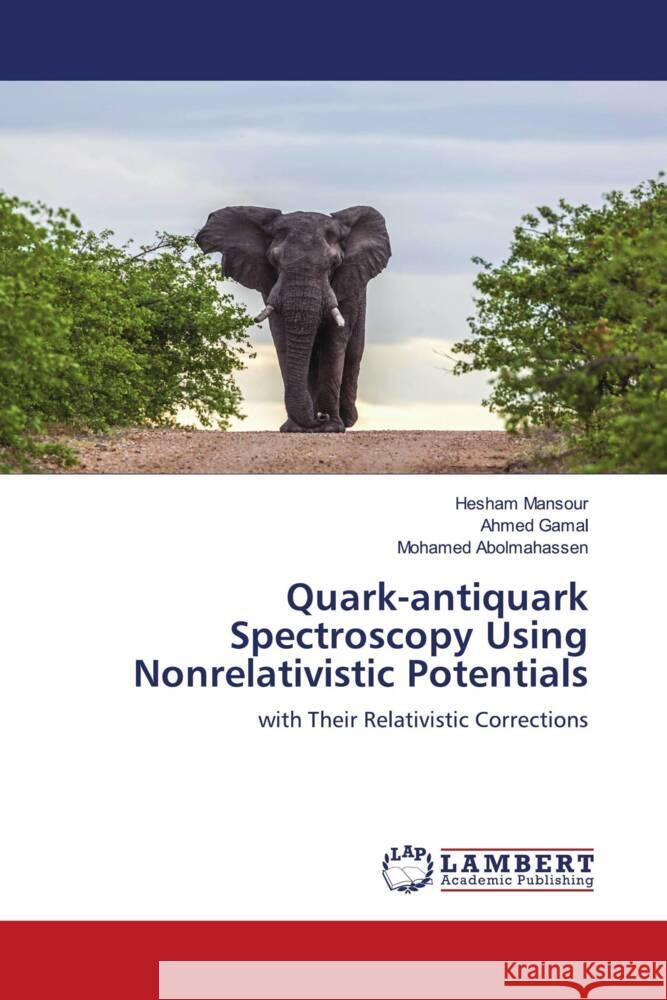Quark-antiquark Spectroscopy Using Nonrelativistic Potentials » książka
Quark-antiquark Spectroscopy Using Nonrelativistic Potentials
ISBN-13: 9786203839487 / Angielski / Miękka / 120 str.
Mesonic bound states having both heavy quark and antiquark (cc ,bb and cb ) are among the best tools for understanding the quantum chromodynamics. Many experimental groups such as CLEO, LEP, CDF and NA50 have provided several data. BABAR, Belle, ATLAS, CMS and LHC are producing and expected to produce more precise data in the upcoming experiments. The heavy quarkonia have very rich spectroscopy with narrow and experimentally characterized states. The potential between the interacting quarks within hadron demands the understanding of the underlying physics of strong interactions. There are many theoretical groups that have attempted to explain the production and decays of these states. Nonrelativistic potentials are employed. Schrödinger equation is solved for the potentials to get the spectroscopy of the quarkonia. The solution of Schrödinger equation is used to obtain mass spectra of quarkonia using only a few parameters. The spin-spin, spin-orbit and tensor components of the one gluon exchange interaction are added to determine the mass spectra of the excited S, P, D and F states. We used the Nikiforvo-Uvarov method to solve the Schrödinger equation.











